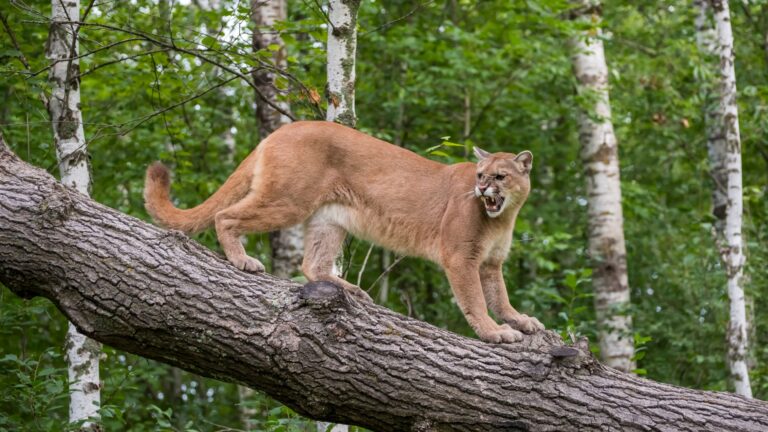12 Places In America To Spot Rare Wildlife
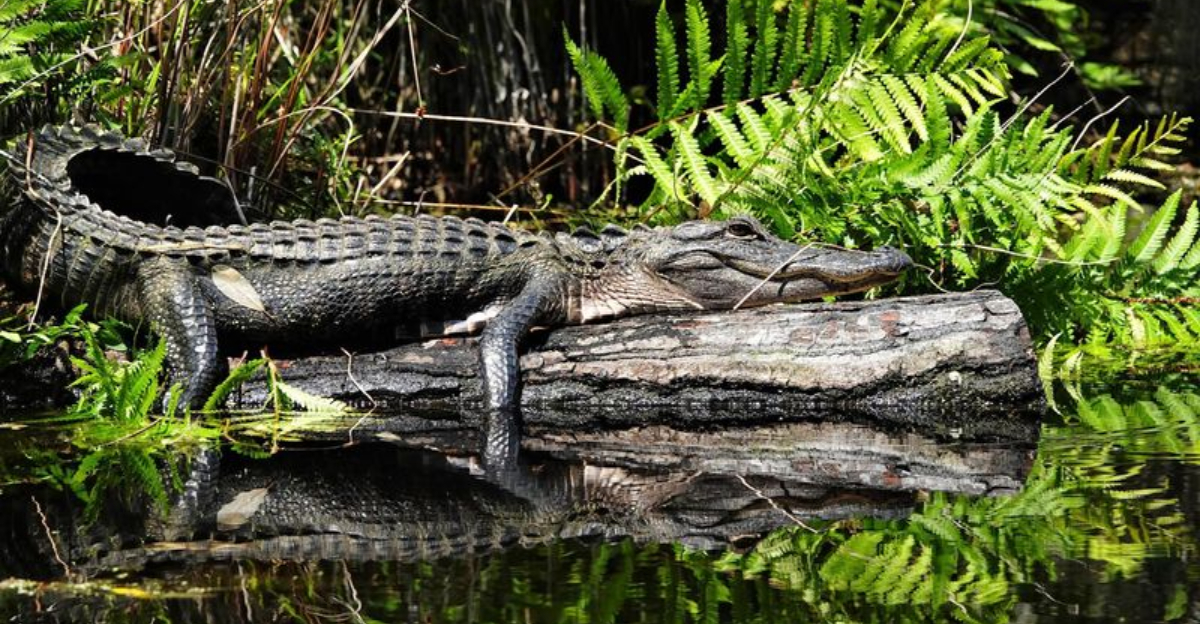
America’s vast landscapes hide some of the world’s most fascinating and elusive creatures. From majestic mammals to colorful birds, our country offers incredible opportunities to witness rare wildlife in their natural habitats.
Spotting these animals requires patience and sometimes a bit of luck, but the thrill of seeing them in the wild makes every early morning hike or long drive worthwhile.
1. Yellowstone National Park’s Lamar Valley
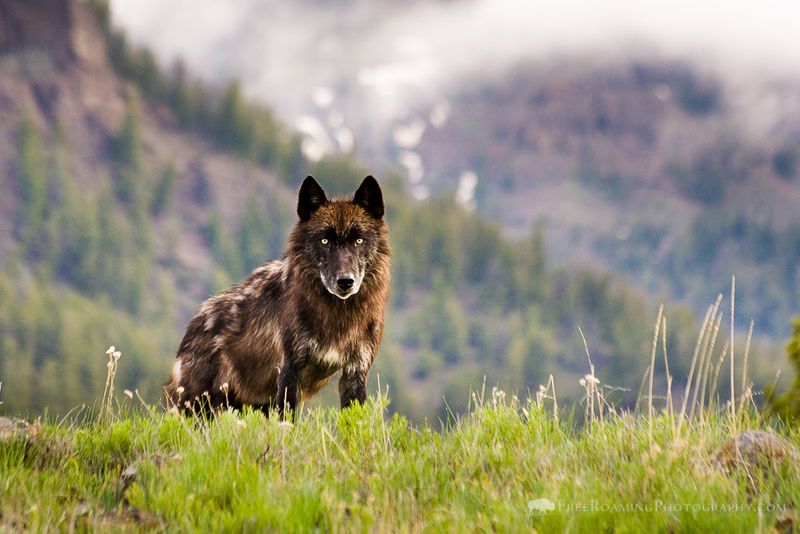
Often called “America’s Serengeti,” Lamar Valley offers the best wolf-watching opportunities in the lower 48 states. Dawn and dusk provide prime viewing times when wolf packs hunt across the sprawling grasslands.
The valley also hosts grizzly bears, bison herds, and elusive wolverines. Bring powerful binoculars or a spotting scope – most wolf sightings happen at a distance, with the animals appearing as moving dots against the landscape.
2. Everglades National Park
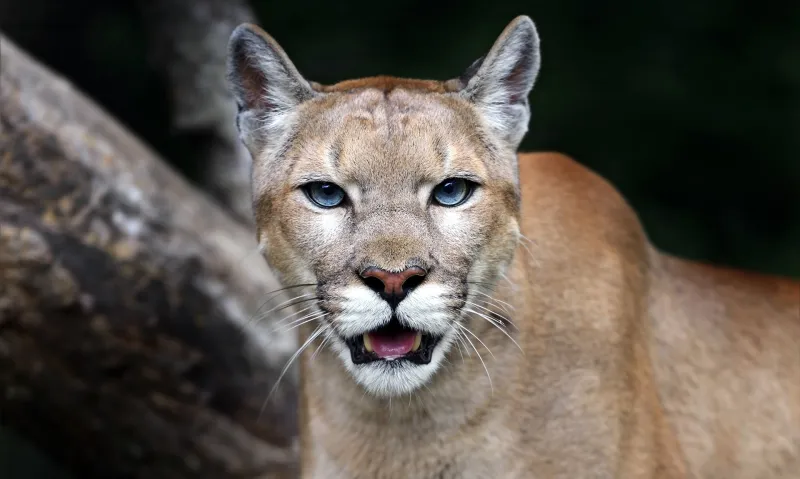
Glide through mangrove tunnels in a canoe to spot the endangered Florida panther. Though incredibly rare (fewer than 200 remain), these magnificent cats occasionally appear at park edges during early mornings.
The park also shelters American crocodiles, manatees, and over 360 bird species. Rangers recommend exploring Anhinga Trail and Shark Valley for optimal wildlife encounters. Remember to scan the tree branches – that’s where many creatures rest during hot afternoons.
3. Channel Islands National Park

Just off California’s coast lies a sanctuary for the tiny island fox, found nowhere else on Earth. Each island hosts its own distinct subspecies, a remarkable example of isolated evolution.
Blue whales – the planet’s largest animals – frequent these waters from June through September. Kayaking around Santa Cruz Island might reward you with sightings of bizarre-looking giant sea bass. The islands’ isolation has created a unique ecosystem sometimes called “North America’s Galapagos.”
4. Kodiak National Wildlife Refuge
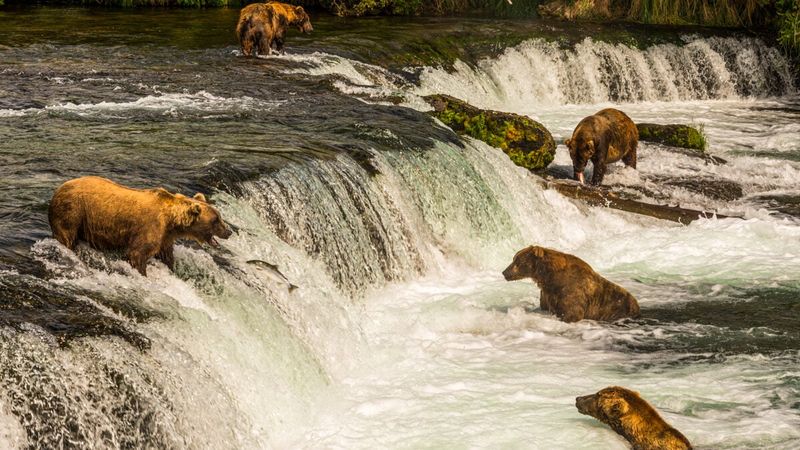
Home to the largest bears on Earth, Kodiak Island hosts around 3,500 of these magnificent brown bears. Standing up to 10 feet tall on hind legs, they’re best observed safely from viewing platforms during salmon runs.
Sea otters play in coastal kelp forests, often floating on their backs while cracking shellfish on their bellies. Bald eagles soar overhead in remarkable numbers. Local guides know secret spots where bears dig for clams along beaches – a behavior rarely seen elsewhere.
5. Alligator River National Wildlife Refuge
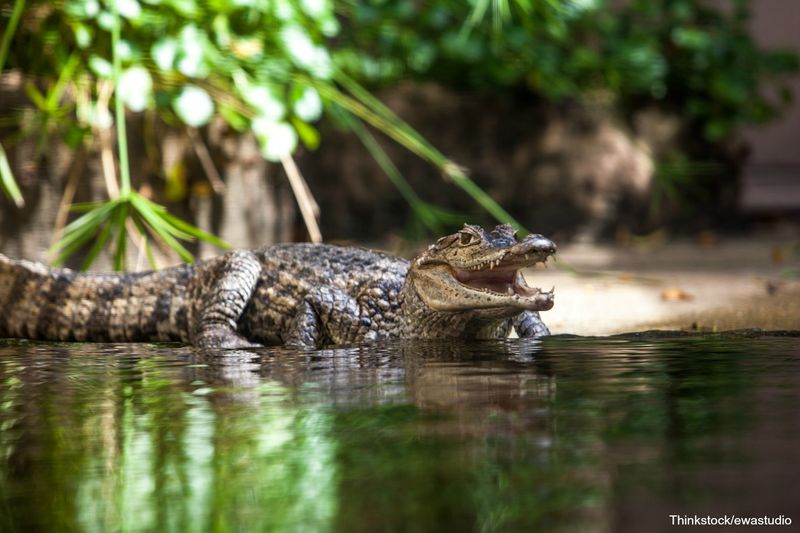
Red wolves nearly vanished forever before being reintroduced to this North Carolina wilderness. Fewer than 20 wild individuals remain, making a sighting incredibly special.
Evening howling tours let visitors hear their haunting calls. Black bears roam in surprising density here – one of the highest concentrations on the East Coast. The refuge’s unique pocosin wetlands create perfect habitat for these secretive predators who prefer the dense vegetation for cover.
6. Monterey Bay
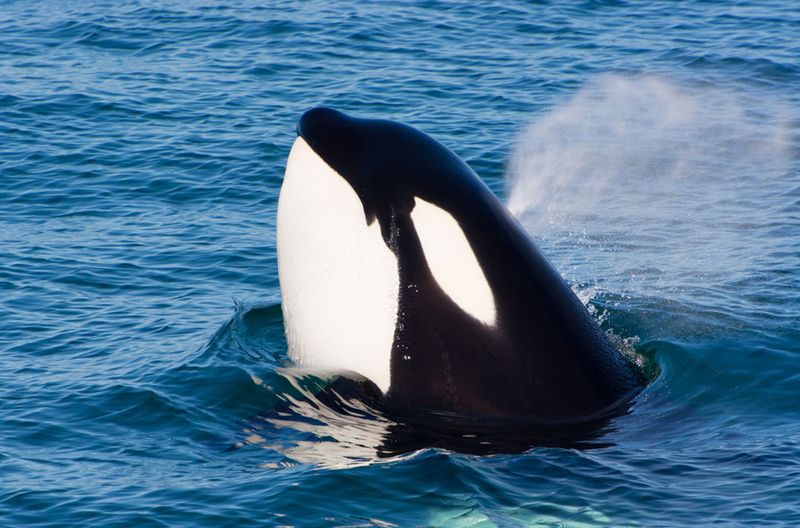
The underwater canyon off California’s coast rivals the Grand Canyon in size and creates perfect conditions for sea life. Orcas hunt in these waters year-round, sometimes launching themselves onto beaches to catch seals.
Sea otters wrap themselves in kelp while sleeping to avoid drifting away. The bay hosts the mysterious giant squid that occasionally wash ashore. Whale-watching boats regularly encounter rare beaked whales that can hold their breath for over two hours – longer than any other mammal.
7. Great Dismal Swamp

Despite its uninviting name, this Virginia/North Carolina wetland harbors the elusive eastern cougar. Though officially declared extinct, credible sightings persist, making this America’s most mysterious big cat.
Over 200 bird species inhabit the swamp, including the striking prothonotary warbler with its golden-yellow plumage. Black bears prowl through ancient cypress stands. Naturalists recommend renting canoes to silently explore the blackwater canals where river otters play and rare turtles bask on fallen logs.
8. Klamath Basin National Wildlife Refuges

Witness the largest concentration of bald eagles in the lower 48 states during winter at this Oregon/California border region. Hundreds gather to feast on waterfowl in an incredible display of aerial hunting.
The basin hosts six different refuges where tundra swans, snow geese, and sandhill cranes stop during migration. Lucky visitors might glimpse the secretive fisher, a cat-sized predator related to wolverines. Morning fog creates magical conditions as it lifts to reveal thousands of birds taking flight simultaneously.
9. Denali National Park
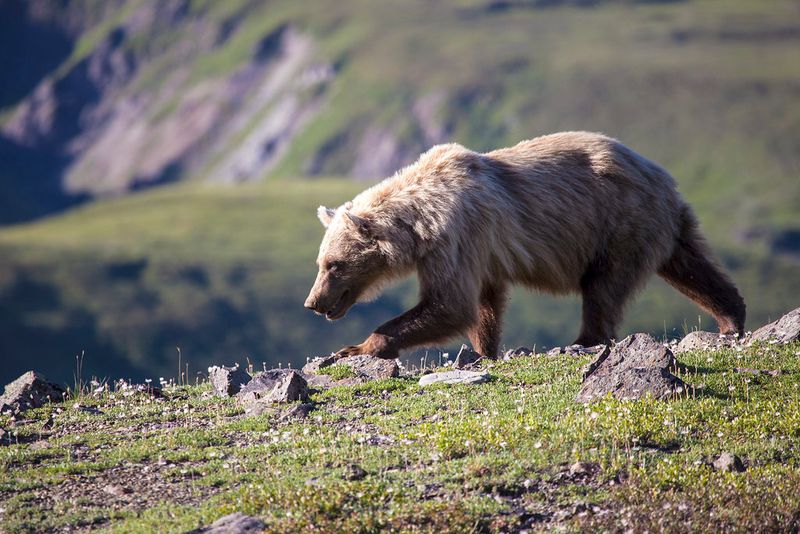
Alaska’s crown jewel offers North America’s best chances to see wolverines – fierce hunters capable of taking down moose despite weighing just 40 pounds. These rarely-seen mammals patrol vast territories searching for carrion.
The park’s grizzlies grow enormous on abundant salmon and berries. Dall sheep perform gravity-defying feats on steep mountainsides. Park buses provide the safest viewing opportunities along the single 92-mile road. Rangers track wolf pack movements to help visitors maximize chances of spotting these intelligent predators.
10. J.N. ‘Ding’ Darling National Wildlife Refuge

Florida’s Sanibel Island hosts this mangrove paradise where roseate spoonbills sweep their distinctive bills through shallow water. Their bright pink feathers rival flamingos in vibrancy.
American crocodiles bask alongside more common alligators, offering rare opportunities to see both reptiles together. Manatees frequent the warm waters year-round. The refuge’s Wildlife Drive allows car-based exploration at your own pace, perfect for families with young children or photographers with heavy equipment.
11. Okefenokee Swamp
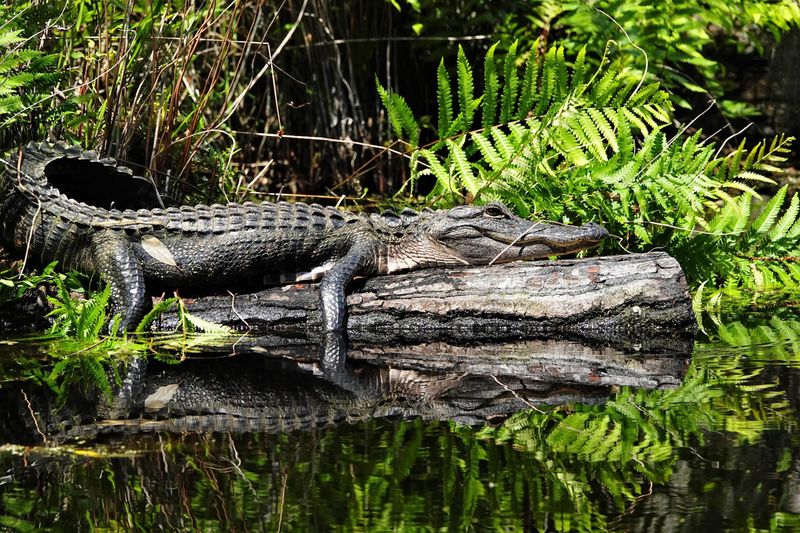
Georgia’s ancient wetland harbors some of America’s largest alligators – monsters stretching over 14 feet long. These prehistoric-looking reptiles are best observed from canoes along marked water trails.
Red-cockaded woodpeckers drill nests in living pine trees, a behavior unique among woodpeckers. The swamp’s blackwater creates mirror-like reflections, doubling the visual impact of cypress trees draped in Spanish moss. Night tours reveal the eerie glow of alligator eyes reflecting flashlight beams across the dark water.
12. North Cascades National Park
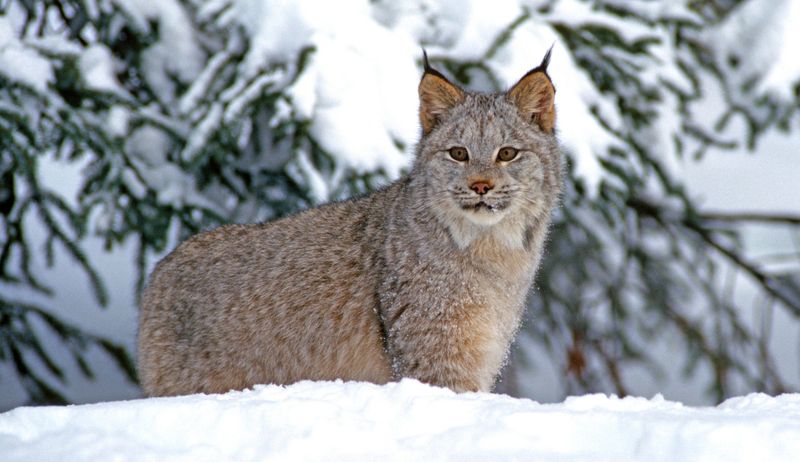
Washington’s rugged mountains provide sanctuary for Canada lynx, with their distinctive tufted ears and snowshoe-like paws. Winter tracking expeditions follow their prints through pristine snow.
Grizzly bears are making a comeback in this remote wilderness that receives fewer visitors than most national parks. Wolverines have established several dens in high alpine zones. The park’s extreme remoteness means wildlife behaves naturally, unaccustomed to human presence – creating authentic viewing experiences rarely found in more accessible locations.


